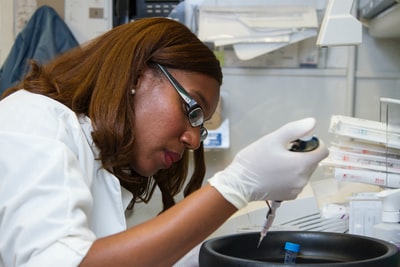 The genetic material in bacteria, although not carried in a nucleus, is still DNA. As in other organisms this DNA is comprised of genes which carry codes to make proteins and these proteins define the characteristics of the bacteria.
The genetic material in bacteria, although not carried in a nucleus, is still DNA. As in other organisms this DNA is comprised of genes which carry codes to make proteins and these proteins define the characteristics of the bacteria.
A mutation in DNA changes the base sequencing. Many mutations can be deadly. However, some can change a protein and thereby a characteristic in the organism. If the characteristic is a useful one, for example resistance to antibiotics in a bacterium, then this organism will survive and spread the mutation on to further generations.
——————————————————
Vertical gene transmission
Vertical gene transmission is the process by which genes are passed on through reproduction. A bacterium reproduces asexually which means that all the daughter cells it produces are genetically identical to the parent. Therefore, a bacterium carrying an antibiotic resistant gene will pass this on to its offspring. Such a gene could be located in either the bacterial chromosome or in the small rings of DNA called plasmids. Either way, both are passed onto the daughter cell.
——————————————————
Horizontal gene transmission
